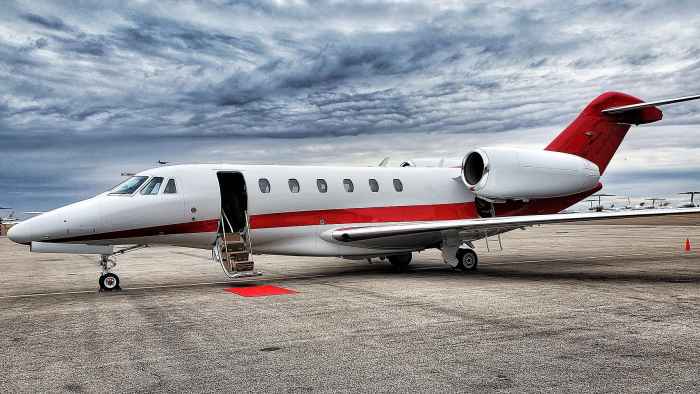Blog
Private jet travels after Covid-19
Expected private jet travel procedures after Covid-19
Private Jet Flights after the COVID-19 will not be as it was before the emergence of this global pandemic. Passengers will not be able to travel In the future before making sure that the plane does not contain any infectious viruses.
A passenger will go through new travel requirements that are expected to undergo fundamental changes in order to restore confidence in aviation after the spread of the COVID-19 virus.
1- Bookings
With the Corona pandemic, it is expected that travelers would be required to download an Immunity passport. It confirms the presence of COVID-19 antibodies. However, it is subject to be confirmed. The chartering process will be an important measure to reduce friction with airport staff. Travellers will also be provided complimentary masks and sanitising hand gel at the arrival to the airport.
There is a limited capability for each category of aircraft. For example if an aircraft usually can host up to 6 passengers, with the new restriction it can host maximum 4 passengers on board.
2- At the airport
Previously, travellers were able to reach the airport 15 minutes before departure time, while during healthy travel, travellers will be asked to enter the airport at least 30 minutes before the flight departure time, which is still considered time saving compared to 4 hours for commercial flights before the departure time;
Read also "Travelling on a private jet to escape Coronavirus" to know more about how travelling on a private jet reduces the risk of Coronavirus infection more than commercial airlines flights.
After a preliminary health diagnosis at the airport door will be allowed to enter Departure zone, and they will need to show a healthy immunity passport or pass through a sterilization tunnel and thermal wipers;
This procedure will be under the supervision of the World Health Organization (WHO), the International Civil Aviation Organization (ICAO) and the International Air Transport Association (IATA), who will determine the validity of the health screening and walking standards throughout the travel period, especially outside the airport vicinity, and there will also be coordination between countries International travelers to avoid confusion and help boost confidence in travel;
The luggage will be placed in custom bags and UV sterilized in a designated lane during the check-in process;
Those who have received positive survey results (taken at check-in) or an abnormal health assessment will be deprived of boarding.
3- On the plane
All crew members will be required to wear protective equipment and verify, upon boarding, that all passengers are wearing their gloves and masks;
There will be hand sanitiser will be at passengers disposal all the time;
Some operators has chosen not to serve catering to avoid any risk of cross contamination.
4- Arrival to the destination
With the COVID-19 pandemic, things will change as well when arriving at the destination:
Upon landing, the bags will be “wrapped” before placed over the conveyor belt;
Thermal scanners will be used to identify passengers with a potential fever or temperature increase;
Operators will no longer be able to transfer their aircraft and prepare for their next flight in half an hour or less, as thorough cleaning must be performed after each flight and not just overnight.
More than 70 different regions are expected to change on a regular day in any passenger's journey to restore confidence in flying after the COVID-19 pandemic, and even if things end up in the most optimistic scenarios, the post-coronary virus will not be the same as before the pandemic and there will undoubtedly be changes In the way passenger travel on a global level.
Do not hesitate to use the online chat or WhatsApp for any additional information, we will be happy to hear from you and give you the assistance needed.
